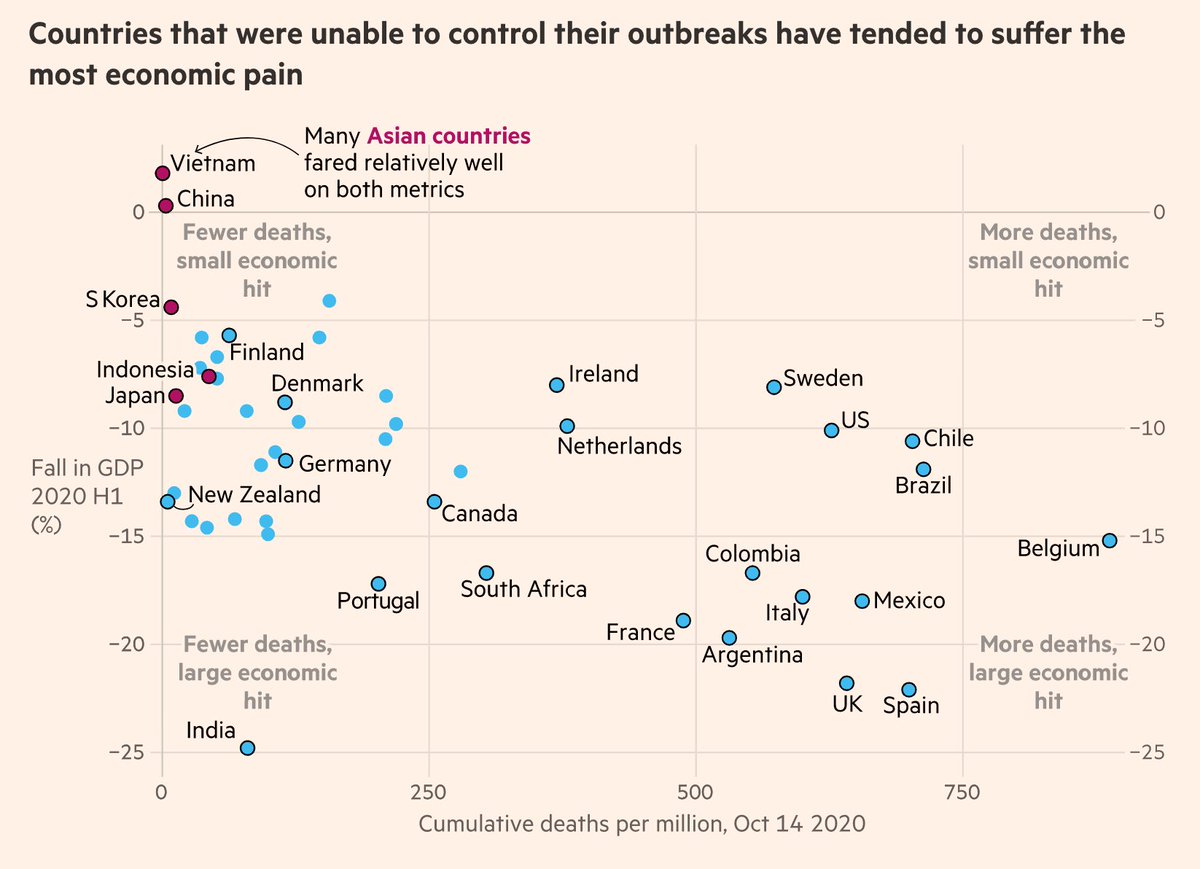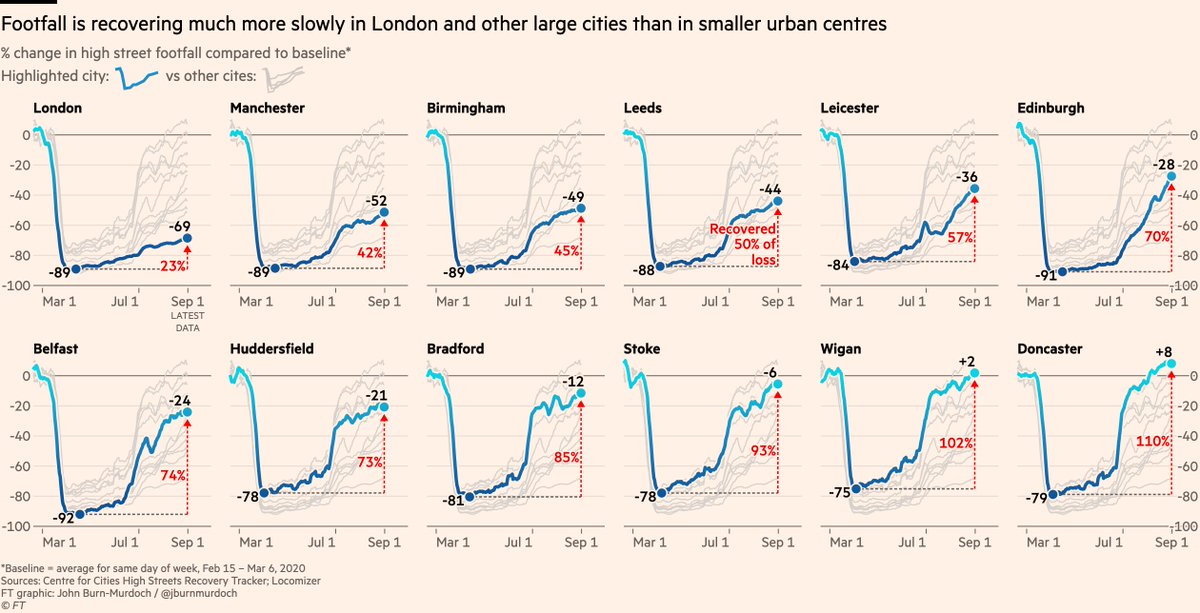
NEW: today we've published the culmination of a weeks-long @ftdata team effort, summarising everything data has shown us about the virus over the year so far, from Wuhan to the autumn resurgence ig.ft.com/coronavirus-gl…
Free to read, with a wealth of #dataviz on the key trends.



Free to read, with a wealth of #dataviz on the key trends.




A huge amount of work from a vast cast of people went into this, over many weeks.
Consider this our rolling credits screen:
1) @caletilford & @aendrew built a beautiful interactive experience, designed by @carolinenevitt who also drew up a bespoke colour palette for the series
Consider this our rolling credits screen:
1) @caletilford & @aendrew built a beautiful interactive experience, designed by @carolinenevitt who also drew up a bespoke colour palette for the series

2) @tomhannen @BobHaslett @sdbernard created some stunning visuals, including gorgeous animations 🎥😍
3) @alekswis @martinstabe @officeofjane @theboysmithy and I dug into data and scientific papers to report out the story itself, and added charts that told that story 📖📈
3) @alekswis @martinstabe @officeofjane @theboysmithy and I dug into data and scientific papers to report out the story itself, and added charts that told that story 📖📈
4) @manib0g was a masterful cat-herder, keeping us on our toes and making sure everything happened when it needed to
And 5) in the director’s chair as our Spielberg/DuVernay was @theboysmithy, who somehow managed that alongside making charts, writing words & doing 12 other jobs
And 5) in the director’s chair as our Spielberg/DuVernay was @theboysmithy, who somehow managed that alongside making charts, writing words & doing 12 other jobs
• • •
Missing some Tweet in this thread? You can try to
force a refresh








